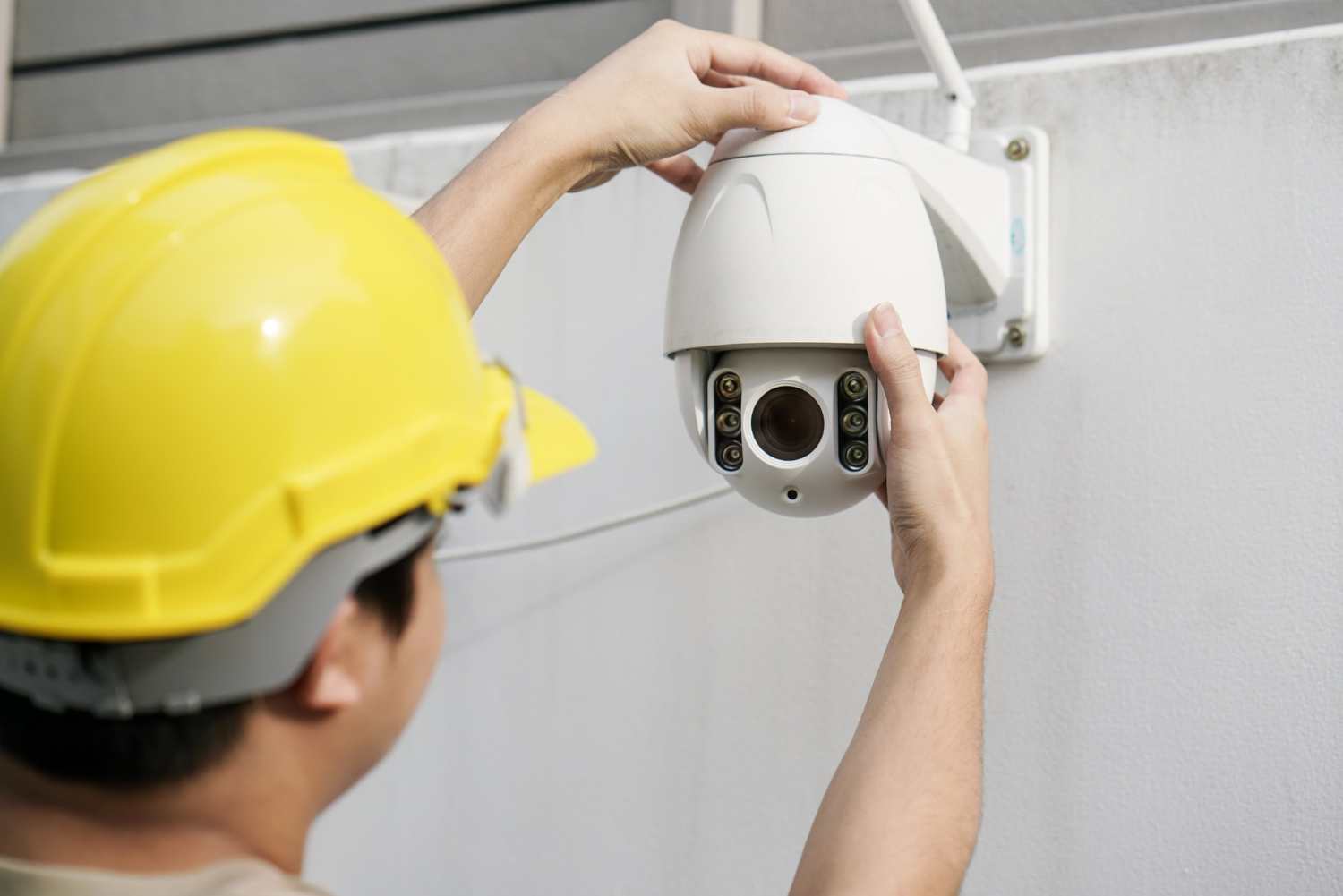TP-LINK Omada Vs Ubiquity Vs HP Aruba
May 30, 2023
How might TP-LINK's Omada NOMADic Wireless product compare to Ubiquity's airMAX products and HP's Aruba products? What are the pros and cons of the Omada NOMADic? So that we may learn from each other, I have researched the comparative key features and technical details of these products. I've then created this wiki page which contains everything you need to know about TP-LINK Omada NOMADic Wireless.
Omada, Ubiquity and HP Aruba (formerly Ruckus) Wireless Access Points are some of the most disruptive APs on the market to date. The second generation 802.11ac Wave 2 Wave 2 Wi-Fi standard brings amazing improvements by 5 GHz speeds over 1 Gbps in the real world networks.
I'm always on the lookout for the best WiFi range extenders. I've bought and tested a number of them, but always seem to come back to Omada by TP-LINK. It's cheap, has good network coverage and is easy to install. But it's not the only option and there are other devices you can use if you'd prefer. That's why I'm going to take a look at three different WiFi range extenders: Ubiquity AirRouter Extreme HP Aruba 130 Series and TP-LINK Omada (2017 version). Each one of these are great options and could be worth your investment if you live in a large home or have many connected devices.
When planning a network deployment, you need to know what is the best wireless control route. You may ask, what is the difference between all these three options?
Complexity is a major factor that causes organisations to make suboptimal IT purchasing decisions. To avoid complexity in your decision-making process choosing the right Wi-Fi system for your network, you must have a solid understanding of the three aspects of a Wi-Fi system: radio, access point & controller. Then you can further simplify your buying decision by narrowing down the choices based on other criteria — such as budget or applications. Using this knowledge and methodology can help you make the best purchase moving forward with a simple, informative and easy to understand article.








